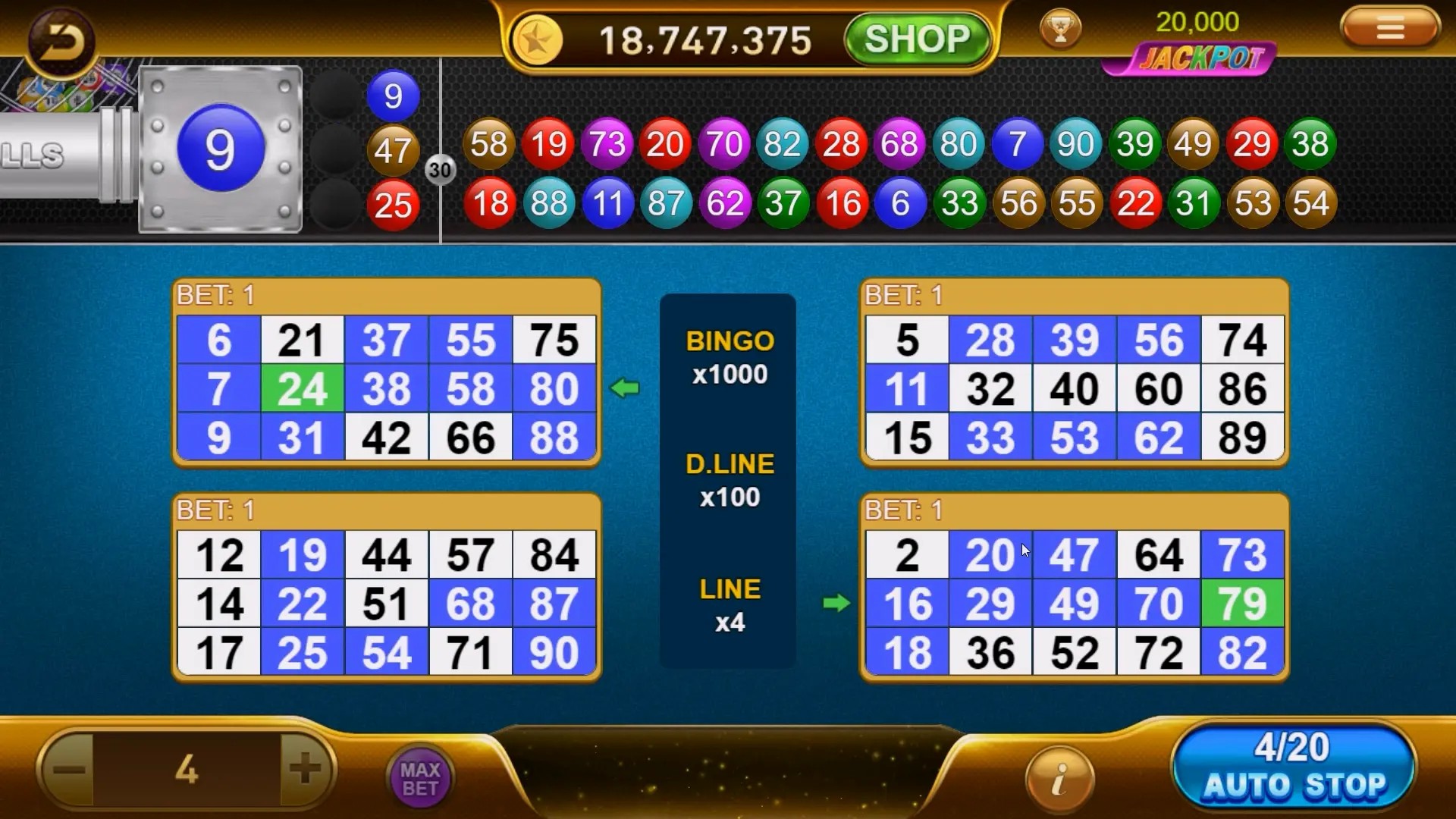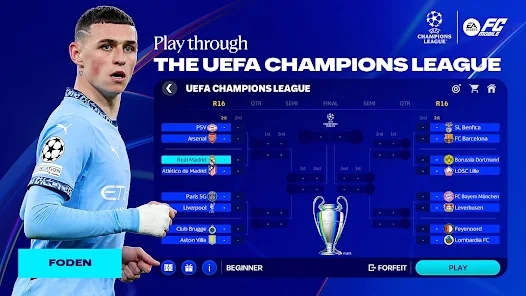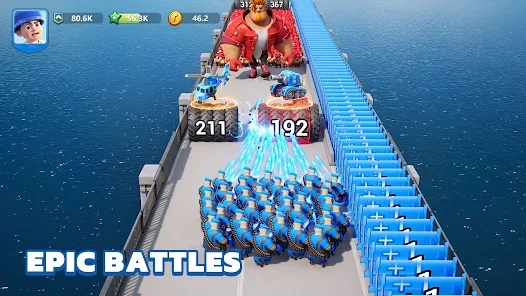Unlocking Critical Thinking: How Strategy Games Enhance Learning in Educational Settings
In today’s fast-paced world, the concept of learning is continually evolving. Traditional educational methods are sometimes seen as outdated and not suitable for all kinds of learners. Enter strategy games—a fascinating intersection of fun and learning that’s capturing the attention of educators around the globe. You might be wondering, “How can something so entertaining contribute to our understanding?" Well, let's dive into this exciting realm!
Why Strategy Games?
Strategy games are not just about winning or losing. They foster critical thinking, problem-solving skills, and teamwork—skills every student needs. From Clash of Clans to various RPG games on consoles like PS4, these games create an engaging platform for students to learn through gameplay. Imagine a classroom where kids aren’t just sitting quietly; instead, they’re strategizing, competing, and possibly learning a thing or two about collaboration.
Learning Through Engagement
One of the main reasons educational games are taking off is because they promote active learning. Students are not passive recipients of information; they are in the thick of it, making decisions, facing challenges, and reflecting on their strategies.
Here's a quick table that outlines some key benefits of strategy games in educational settings:
| Benefit | Description |
|---|---|
| Critical Thinking | Players must analyze situations and make tactical decisions. |
| Problem-Solving Skills | Each game presents unique challenges that need creative solutions. |
| Teamwork | Many strategy games require collaboration among players. |
| Engagement | Interactive gameplay keeps students focused and motivated. |
Strategic Thinking Skills
When students engage in strategy games, they are essentially training their brains to think strategically. They practice planning, foresight, and adaptability—skills that are directly transferable to real-life situations. For instance, if a student plays a PS4 RPG game in 2024, they might need to make real-time decisions that can affect the outcome of their adventure. This reflects how one might need to weigh options and anticipate consequences in academic or personal challenges.
Application in the Classroom
Incorporating strategy games into the classroom can be seamless. Here are some methods:
- Game-Based Learning: After lessons, let students play games related to the subject matter.
- Group Projects: Use games that require teamwork, allowing students to strategize together.
- Reflection Sessions: After gameplay, hold discussions where students share their strategies and decision-making processes.
Clash of Clans: A Case Study
If you've ever played Clash of Clans, you know it’s more than just a game about building and raiding. Players must constantly evaluate their resources, adapt their strategies based on opponents, and work together with clan members. This kind of environment mirrors critical thinking skills needed in academic settings.
Challenges and Considerations
Of course, there are challenges. Not every game fits the educational mold, and overreliance on games can detract from other learning methods. It’s crucial to select games that align with educational goals. Instructors should also balance gameplay with traditional teaching to ensure a well-rounded approach.
Conclusion: The Future of Learning
As we look to the future, it’s clear that strategy games have a significant role in transforming education. They break the mold of conventional learning, allowing students to engage, collaborate, and critically think—all while having fun. Whether through tactical gameplay or engaging with educational RPGs on platforms like PS4, the integration of games in learning environments is undeniably beneficial.
In summary, strategy games not only unlock creative and critical thinking but also prepare students for real-world challenges. We should embrace and explore these innovative educational tools as we shape the next generation of learners!



